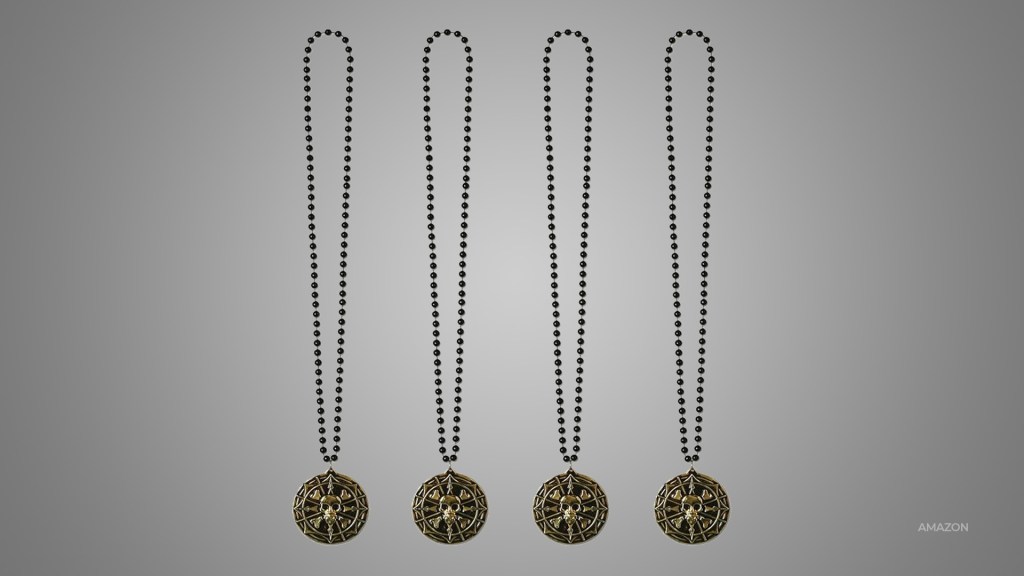The U.S. Department of Energy (DOE) has released a report exploring ways to improve the recycling of materials used in wind energy infrastructure. With wind turbines typically lasting about 20 years and around one-third of the nation’s wind energy capacity built within the last five years, the U.S. is facing a significant waste challenge in the coming decades.
By 2050, the U.S. is projected to have approximately 2.2 million tons of retired wind turbine materials headed to landfills. The DOE’s report found that up to 90% of decommissioned turbine mass can currently be processed for reuse domestically. However, new strategies and technologies are needed to address the remaining 10%.
“The U.S. already has the ability to recycle most wind turbine materials, so achieving a fully sustainable domestic wind energy industry is well within reach,” Jeff Marootian, principal deputy assistant secretary for the Office of Energy Efficiency and Renewable Energy, said in a statement. “Innovation is key to closing the loop, and this research will help guide national investments and strategies aimed at advancing technologies that can solve the remaining challenges.”
Recommendations include improved decommissioning and scrap-sorting practices, expanded recovery infrastructure and the development of modular and recyclable wind systems. While steel-based towers are more easily recyclable, materials like blades and generators present greater challenges.
To address these gaps, the DOE has committed $20 million, funded by the Bipartisan Infrastructure Law, to develop technologies for wind energy recycling. This investment will support research, development and demonstration programs to enhance recycling processes and strengthen the domestic supply chain.
Additionally, the DOE recently concluded its Wind Turbine Materials Recycling Prize, awarding $3.6 million to six teams advancing innovative recycling technologies. These efforts aim to expand domestic recycling capabilities and bring new solutions closer to commercialization.
